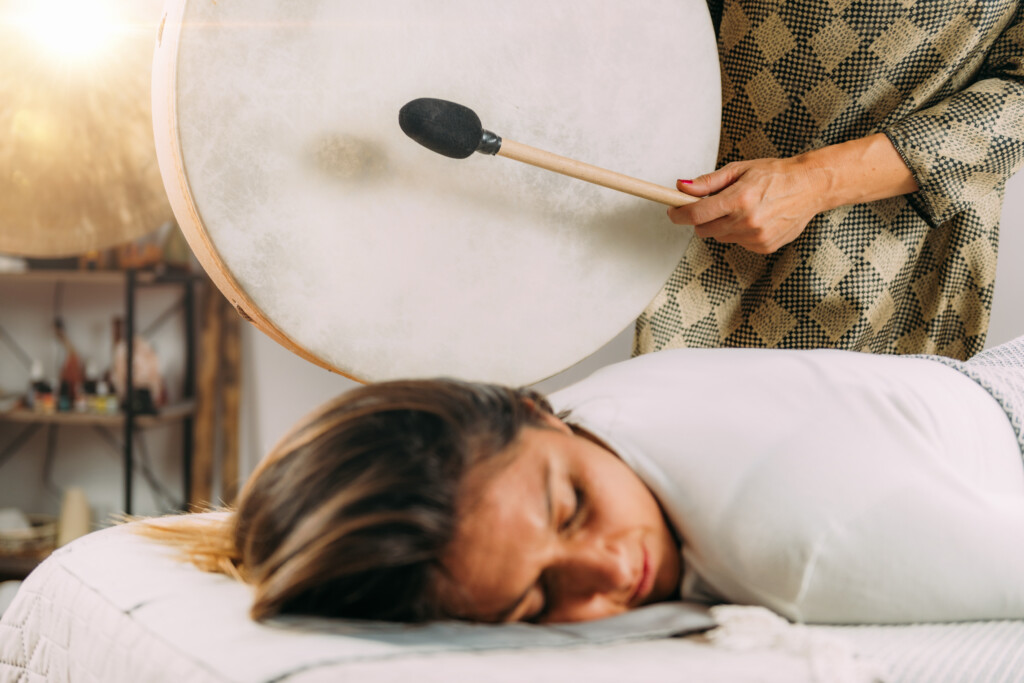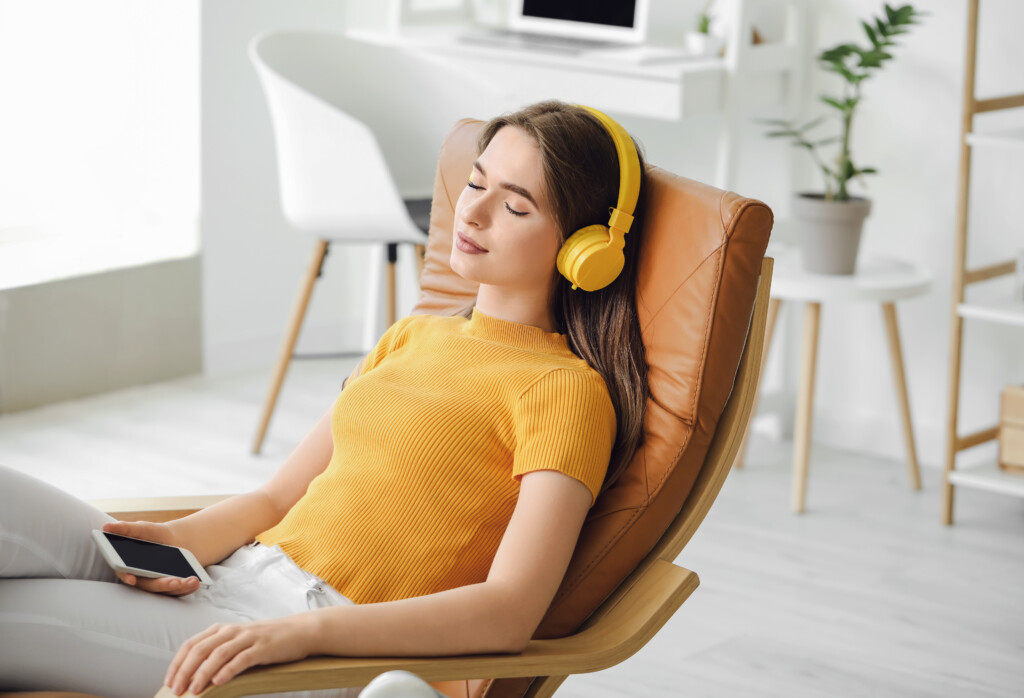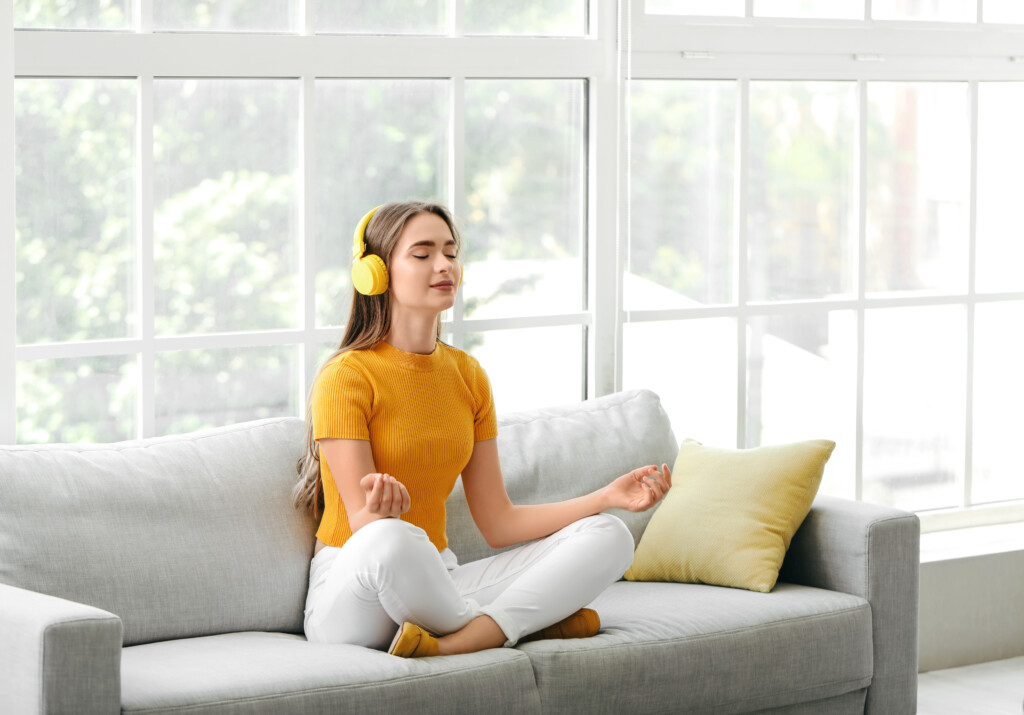Using the Power of Sound/Music: An In-Depth Look at New Techniques for Managing Depression
Introduction
While traditional therapies for depression such as medication and psychotherapy are effective, researchers are continually exploring different techniques to supplement existing options. Sound based therapy is one promising avenue that is gaining attention in recent years.
Sound has been recognized as a powerful tool for healing and well-being across various cultures for centuries. Sound-based techniques and therapies use this connection to promote relaxation, reduce stress, and encourage emotional and physical healing.
It is worth noting that sound-based therapies should not be considered a standalone treatment for depression. Rather, it is a complementary approach that one uses with other evidence-based treatments. It is essential for individuals seeking sound-based therapies to consult with trained and certified practitioners to ensure that these techniques are being used correctly and help you maximize their potential benefits.
Let’s explore some of the key sound-based therapies and their potential for supplementing traditional depression treatment.
Sounds Baths & Gong Therapy

Sound baths involve participants lying down and being bathed in soothing sounds and vibrations. Various instruments such as gongs, singing bowls, and chimes produce these sounds. The deep and resonant tones can induce a state of deep relaxation and meditation. This helps to lower stress and create a sense of calm.
Gong therapy, specifically, uses the powerful vibrations of gongs to bring the mind and body into harmony. Practitioners claim the intense sounds emitted by the gongs can facilitate the release of emotional blockages, reduce anxiety, and promote a deep sense of relaxation. Regular sessions of sound baths and gong therapy have been reported to enhance mood, improve sleep quality, and reduce symptoms of depression1.
Music Therapy

Whether it’s trying to listen to upbeat music when we’re feeling blue or listening to metal or rock music on the commute home from a long day at work, people have always used music to help influence their emotions or moods. Music therapy uses this connection by guiding the use of music by a trained therapist to address specific psychological, emotional, or cognitive needs. In the case of depression, music therapy can help reduce symptoms, encourage self-expression, improve mood, and foster a sense of connection and emotional release.
Research has shown that music therapy can significantly decrease depressive symptoms, anxiety, and stress levels in individuals with depression. It has also improves self-esteem, overall functioning, and quality of life2. The therapeutic use of music can range from active engagement, such as playing an instrument or singing to passive listening to specially selected pieces designed to inspire specific emotions.
Brainwave Entertainment & Binaural Beats

Brainwave entrainment, which includes binaural beats, is thought to help regulate brainwave patterns, which can influence your mood and overall mental state. Certain brainwave frequencies, such as alpha and theta waves, are associated with deep relaxation, creativity, and improved emotional well-being. By listening to specially designed audio recordings, you can experience a change in brainwave activity, which can potentially improve depressive symptoms and improve overall mental health3.
Binaural beats involve listening to different tones in each ear, which stimulates the brain to produce a perceived third tone. This auditory illusion is believed to influence brainwave activity, leading to altered states of consciousness and promoting relaxation.
To check out binaural beats for yourself, check out this video. These work best when wearing headphones in both ears, listened to at lower volumes, and by starting at the beginning of the video instead of skipping ahead.
Sound Meditation

Studies have shown that meditation can have potential benefits for individuals experiencing depression4. But sound meditation is a little different than the meditation you might be thinking of, involving humming or relaxing music playing. Sound meditation combines the healing power of sound with traditional meditation practices. Using specific sound frequencies and instruments, such as Tibetan singing bowls, crystal bowls, or tuning forks, individuals can deepen their meditation experience and restore balance within themselves.
Conclusion
As interest in sound-based techniques continues to grow, researchers are conducting studies to further explore their efficacy and potential applications in supplementing depression treatment. Sound-based therapies offer an exciting and promising avenue for depression treatment, harnessing the power of sound to promote relaxation, emotional release, and overall well-being. From music therapy to sound baths, these techniques are showing potential in reducing depressive symptoms and improving quality of life.
While sound-based therapies continue to be explored and researched, it is crucial to approach them as complementary treatments alongside traditional options such as medication and psychotherapy.
Stay informed and receive resources and site updates by subscribing to our Newsletter!
References
- Goldsby TL, Goldsby ME, McWalters M, Mills PJ. Effects of Singing Bowl Sound Meditation on Mood, Tension, and Well-being: An Observational Study. J Evid Based Complementary Altern Med. 2017 Jul;22(3):401-406. doi: 10.1177/2156587216668109. Epub 2016 Sep 30. PMID: 27694559; PMCID: PMC5871151.
- Aalbers S, Fusar‐Poli L, Freeman RE, Spreen M, Ket JCF, Vink AC, Maratos A, Crawford M, Chen XJ, Gold C. Music therapy for depression. Cochrane Database of Systematic Reviews 2017, Issue 11. Art. No.: CD004517. DOI: 10.1002/14651858.CD004517.pub3.
- Brain Waves – GoodTherapy.org Therapy Blog. (2016, January 8). Retrieved from https://www.goodtherapy.org/blog/psychpedia/brain-waves
- Powell, A. (2018, August 27). Harvard researchers study how mindfulness may change the brain in depressed patients. Harvard Gazette. Retrieved from https://news.harvard.edu


